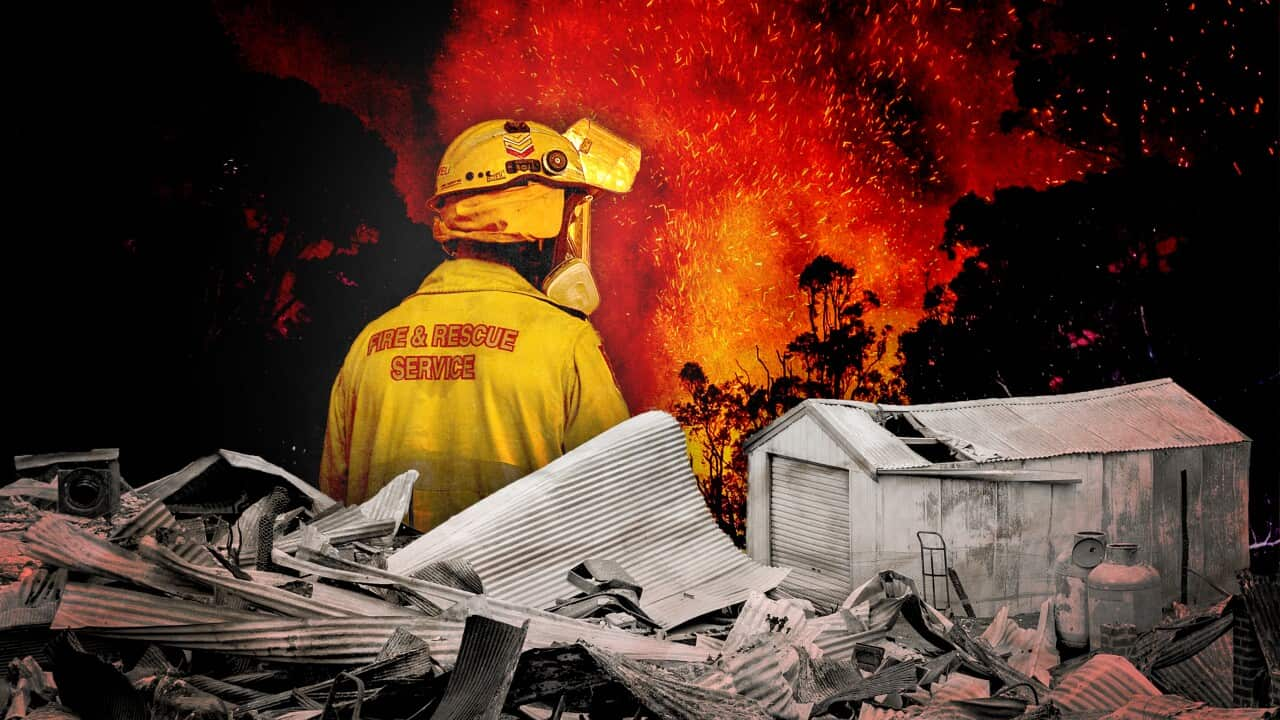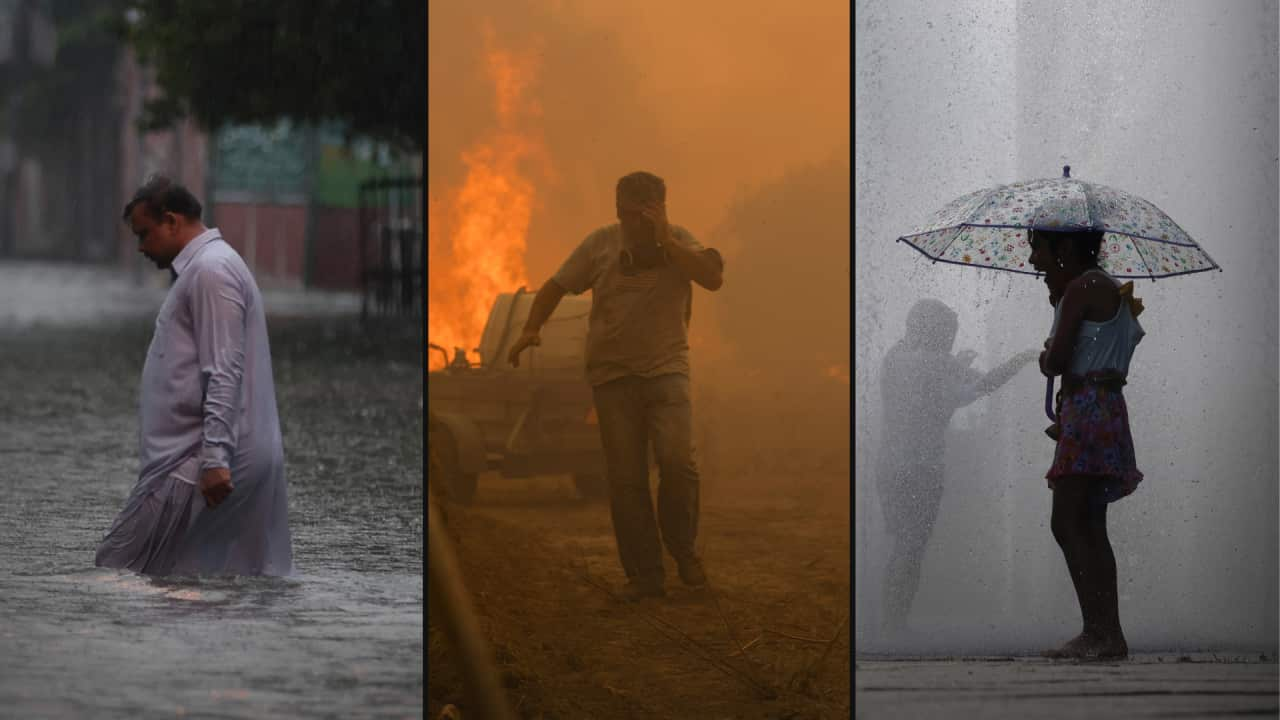Over the past week, thousands of tourists fled wildfires on and many more suffered baking heat across the United States southwest.
Fires are also burning across Canada and North Africa, while France, Spain, Germany and Poland have
Earlier, temperatures in a northwest China township soared as high as 52.2C, breaking a record in the country.
It comes alongside a warning from United Nations secretary-general Antonio Guterres that July is set to be the world's hottest month on record.
Guterres said July would "shatter records across the board".
"Climate change is here. It is terrifying. And it is just the beginning," he told reporters.
"The era of global warming has ended; the era of global boiling has arrived."
For New South Wales Rural Fire Service (NSW RFS) chief Rob Rogers, the conditions in the northern hemisphere are a stark reminder of in 2019 and 2020.
The fires burnt more than 24 million hectares and killed 33 people.
"You can't help but look at what's happening in Greece, Canada, North Africa and China, and you can't help but wonder if that's what's in store for us," Rogers told SBS News.
"We have to plan for that sort of thing."
Do fires and heat waves in Europe mean anything for Australia?
While fires in other parts of the world do not necessarily signify similar events in Australia, climate drivers and warmer temperatures around the world are causing concern.
Catherine Ganter, senior climatologist at the Bureau of Meteorology, told SBS News that El Niño and warmer weather could potentially create dangerous bushfire conditions.
"The thing we are really keeping an eye on is those climate drivers … they tend to bring widespread drier conditions as well as warmer weather for Australia," she said.
"And it's those conditions that can bring on more dangerous conditions for bushfires for Australia."
Ganter said climate change and global warming would play a part in upcoming fire seasons.
"There is definitely the climate change influence feeding through into our system," she said.
"We have got many areas expecting unusually warm maximum temperatures for August to October, so you'd expect to see some early warmth ahead of the summer season."
Is El Niño happening, and will it impact fire season?
Australia is also on alert for El Niño, a weather event that would cause warm, dry conditions in Australia.
The Actuaries Institute's climate index for autumn 2023 suggests "all the ingredients are there" for higher bushfire risk, including a turn towards an El Niño phase after years of wet weather.
In an update on 4 July, the World Meteorological Organization warned of a "likely surge in global temperatures and disruptive weather and climate patterns".
On 18 July, Australia's Bureau of Meteorology echoed the prediction, saying when El Niño Alert criteria have been met in the past, an event has developed around 70 per cent of the time.
An El Niño event could increase risks of drought, heatwaves and bushfires, Ganter said.
"We tend to see more dangerous conditions in Australia during El Niño years, and that's because they are more likely to be associated with hotter and drier conditions in Australia during spring and summer," she said.
"El Niño also tends to be linked with more heatwaves as well."
She said many parts of Australia are likely to experience warmer weather ahead of summer.
Should you be concerned about this year's fire season?
Ahead of spring and summer - which are the peak fire seasons in many parts of Australia - emergency services are on high alert.
Rogers said the hot, dry conditions and grass growth is concerning ahead of the upcoming fire season, particularly with dry conditions predicted to continue in the coming months.
"That is pretty much bringing together the dryness of the fuel and all that needs is heat and wind and then we're going to have some problems," he said.
"The frost also kills grass and makes it more ready to burn, so it's getting that fuel ready to go and that's something that does concern us, we are watching that very closely."

Spring and summer are peak fire season in many parts of Australia. Source: SBS News / Bureau of Meteorology
Rogers said crews are working to catch up on backburning and mitigate as much as possible ahead of the fire season.
"Our job is to prepare for the worst, and we hope that that doesn't eventuate, but we have got to prepare for that," he said.
"We are doing as much burning as we can, and things like having our aircraft ready to go, having everything brought to a level of readiness, they're all things we do to make sure we are ready."
Rogers added that households - particularly those near bushland - should have a bushfire plan in place, which can be downloaded from the RFS website.
A bushfire safety plan includes steps you can take to protect your home as well as actions in the event of a fire.
"Make sure all of your family members know what to do," he said.
"It doesn't take a lot of time but it can make a huge difference."












